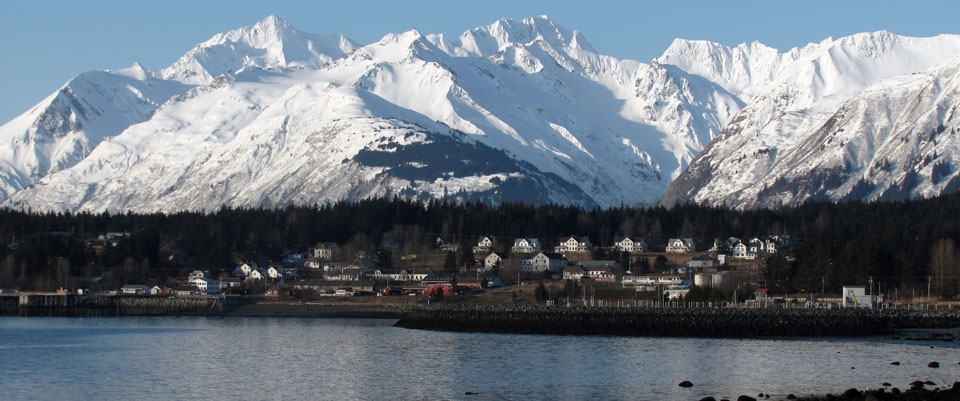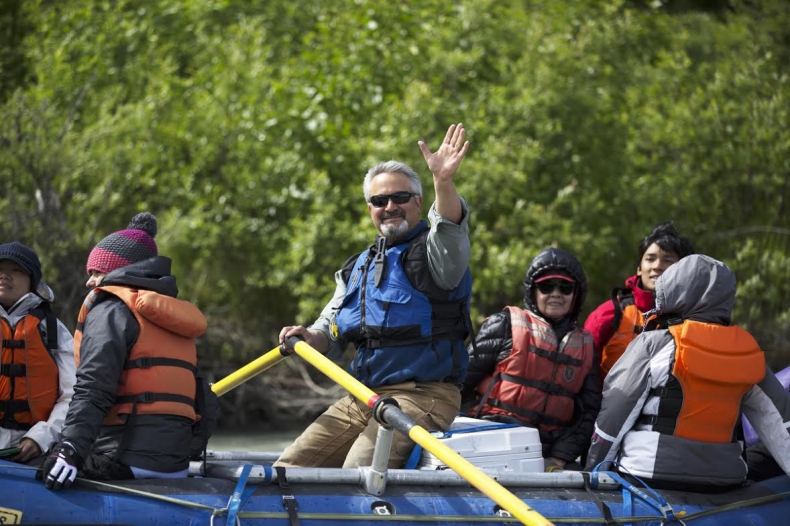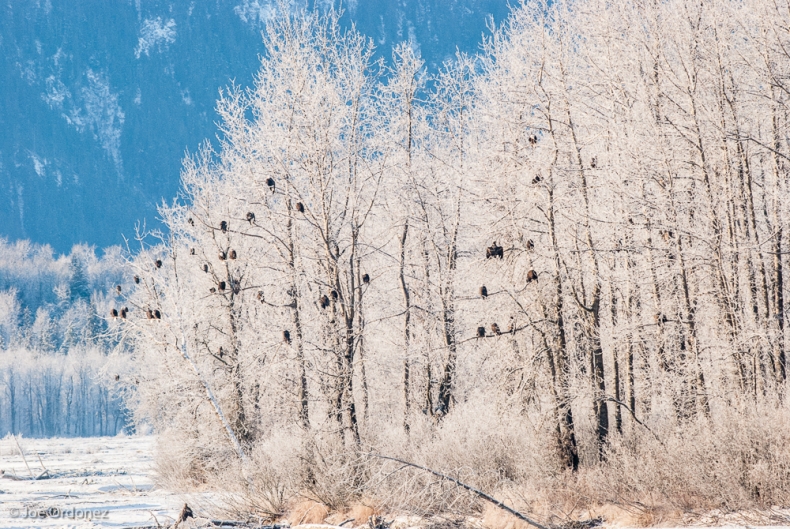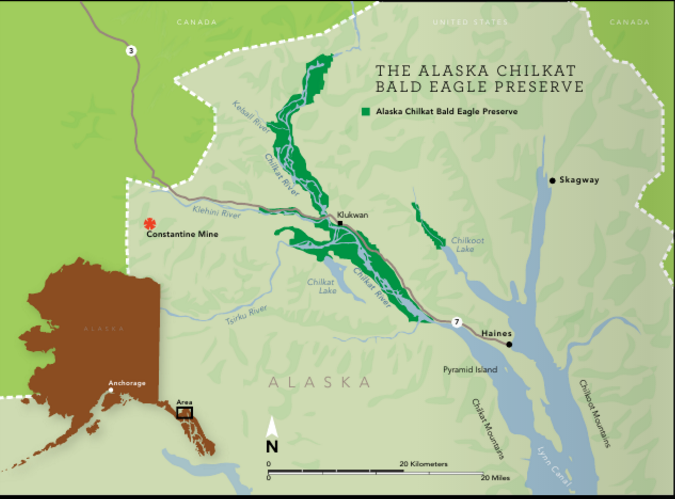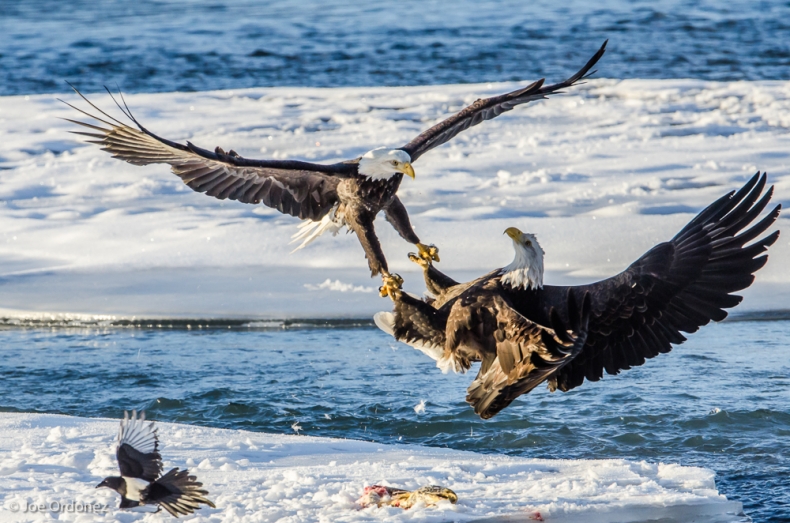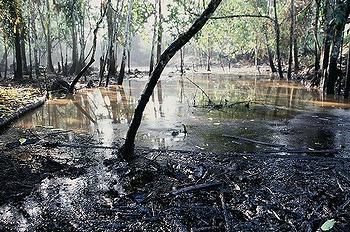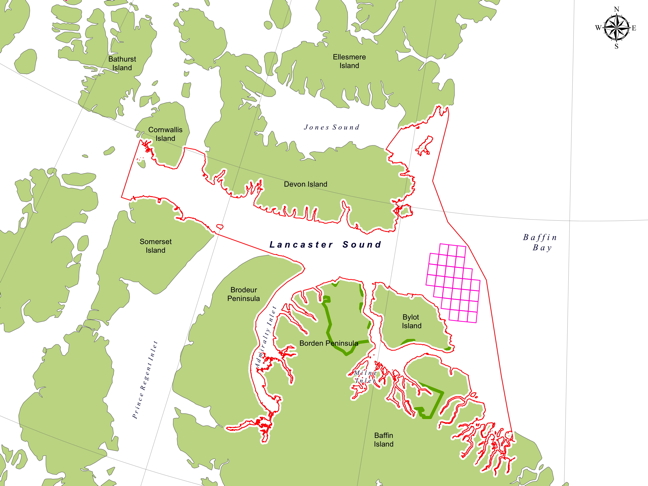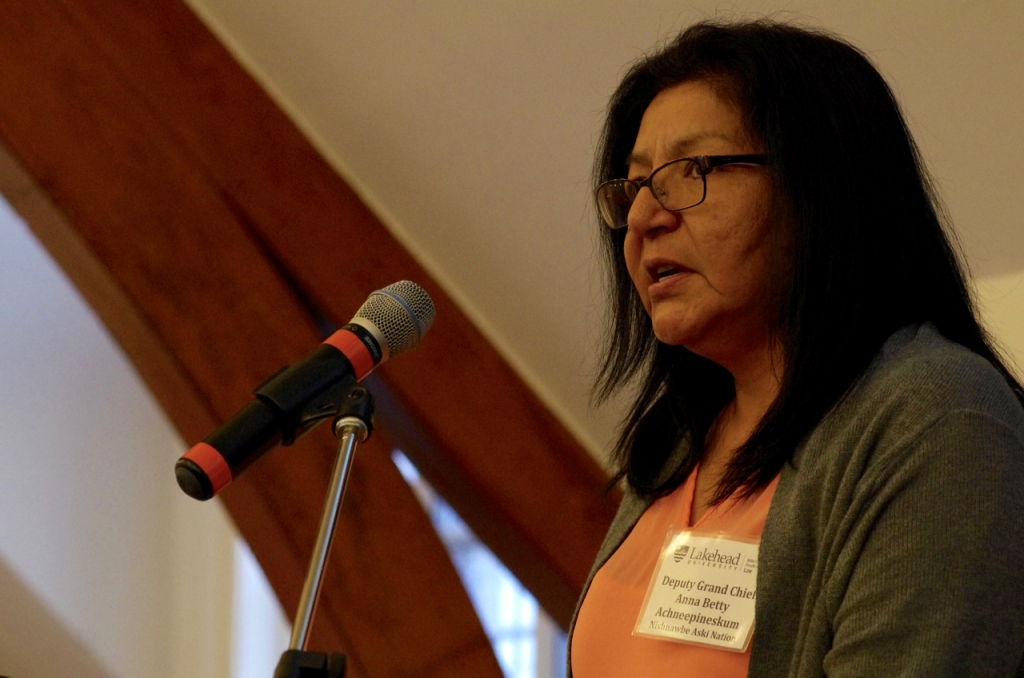Indigenous tenants tell stories of discrimination and prejudice

By Kelly Rose Pflug-Back, reposted from Ricochet, Mar 30, 2016
From budget cuts to gentrification to a dismally inadequate shelter system that leaves many homeless people exposed to fatal temperatures in the winter months, Toronto’s housing market is in crisis.
Deeply entrenched systems of discrimination make the search for housing much more difficult for many marginalized groups including people with disabilities, people who are low income or receive social assistance, single parents, new immigrants, members of LGBTQ2 communities, people with criminal records, and people transitioning out of homelessness or incarceration. The pressure is also felt racialized people, even middle-class and professional workers.
Studies have shown that along with new immigrants and people of African decent, Indigenous people experience particularly high rates of housing discrimination in Canada, a country built on dispossession of land through violence and fraudulent treaty processes.
According to the Toronto’s Housing and Homelessness Services, while only 1 per cent of Toronto’s population self-identifies as Indigenous, Indigenous people make up 33 per cent of the outdoor homeless population. This number may even be deceptively low due to the difficulty of collecting reliable census data on homeless populations.
Illegal deposits
Giibwanisii and Shagii, a young couple who work in construction, and Lindsay, a young mother who works in youth services, are Indigenous people who have experienced rejection in Toronto’s housing market. Their last names have been withheld due to their concerns about personal repercussions for speaking out.
According to Giibwanisii and Shagii, landlords commonly require extensive credit checks, exorbitant deposits, bank statements, and proof that Giibwanisii owns the construction company that they both work for.
When one landlord requested four months’ rent in advance, the couple agreed to pay the $6,000 out of desperation. Yet their application for tenancy was rejected the next day.
After consulting with a lawyer from the Centre for Equality Rights in Accommodation, Giibwanisii and Shagii were informed that it is illegal for landlords to ask for any security deposit greater than the amount of the last month’s rent. They asked some of their white friends if they had experienced this kind of treatment when seeking housing in Toronto — the answer was a resounding no.
According to the Ontario Human Rights Commission, demands for unrealistic and illegal deposits, extensive background checks, and written references are common forms of discrimination directed at Indigenous renters.
“What I see this trending towards is this movement of young white rich professionals moving into downtown Toronto, then all the brown people just have to be in Scarborough and Brampton,” said Giibwanisii.
The couple also described landlords acting polite on the phone, sometimes over numerous conversations, before sharply changing their behaviour after learning that the couple is Indigenous.
After four months of couch surfing, Giibwanisii and Shagii finally found an apartment. The owners of a coffee shop near their present job site overheard them chatting and asked if they would be interested in a renovation job. They exchanged phone numbers, and Shagii jokingly asked whether they also happened to be renting an apartment. After hearing about the couple’s experiences, the coffee shop owners were appalled and connected them with a man renting a space above a nearby storefront.
Prejudice against single mothers
Lindsay works for an Indigenous organization, and she said that once she discloses that information, landlords typically become rude or evasive.
“They would ask me, ‘Indigenous? You mean like Indian?’ I’ll never forget this one woman. We already had a relationship and had been communicating before we met. She asked where my daughter went to school, so I said the First Nations school. She was like, ‘You mean, Indian?’ Then she started asking if we were clean, if we had bugs. Things like that happened three or four times.”
Like Giibwanisii and Shagii, Lindsay and her daughter spent months without proper housing, steadily losing hope as the rejections piled up.
“I had to sleep on couches. My daughter had to stay with my parents. I had to settle for slumlords, places that smelled like rat piss,” she said. Widespread prejudice against single mothers had further complicated the situation, she said, with landlords asking prying questions, lecturing her, and questioning her parenting ability and why she was not looking for a larger unit for herself and her daughter.
Lindsay’s housing struggles didn’t end after she found an apartment. She said the couple who owned the building were friendly with her at first, even inviting her into their home for a meal. Then things took a turn for the worse after they learned she was Indigenous. When she told them that the unit was infested with cockroaches and had flooded on multiple occasions with brown sewage water, meaning that she had to pay to have some of her possessions cleaned, they agreed to rent her a new unit.
When they arrived to meet with her, however, she saw them sizing up her interior decor. “I thought you said you were Italian,” the woman had snapped, eyeing her dream catchers. Lindsay, who does have Italian heritage, began emphasizing it with landlords after multiple experiences of racism.
It’s a strategy that other Indigenous people use as well. Shagii explained she also resorted to hiding her Indigenous ancestry, despite the discomfort she felt at having to hide something of which she has always been proud.
The promise of a new unit for Lindsay soon vanished into thin air, and she was blamed for her unit’s infestation. She said she had become almost obsessive about cleanliness due to the stress of the situation, only buying enough food for one day at a time to deter cockroaches.
Hard to track discrimination
According to the Ontario Human Rights Commission, it is common practice for landlords to deny proper maintenance and repairs to Indigenous tenants. Harassment of Indigenous tenants, particularly Indigenous women, occurs in the form of “racist remarks, stereotyping and sexual harassment by the landlord or neighbours.”
Housing discrimination can be difficult to track, as landlords usually know enough not to openly admit to racism. Indeed, those who wish to discriminate are more likely to do so underhandedly or in situations where there are no witnesses. Some studies on housing discrimination have gathered data by sending researchers in pairs — one black and one white, or one Indigenous and one non-Indigenous — to record whether landlords act differently towards people according to race.
While litigation is one option for people who have faced housing discrimination, human rights tribunals generally require time and money, which the people hit hardest by Toronto’s housing crisis are unlikely to be able to access. Social housing has been highlighted as a remedy for discrimination in some studies, whereas others argue that social housing further ghettoizes racialized people.
According to Denis Rancourt of the Ontario Civil Liberties Association, tenants can take steps to protect themselves by keeping documentation of altercations or instances of neglect or harassment by landlords. Taking notes of conversations, saving emails, and photo-documenting and dating building maintenance problems can function as a record and timeline of the abuse, which helps if tenants pursue litigation or access advocacy through groups such as the Ontario Coalition Against Poverty or the Centre for Equality Rights in Accommodation. Sometimes, just knowing that repercussions are a possibility is enough to deter landlords from continuing their discriminatory behaviour.
According to a study conducted by the University of Toronto in 2002, many new immigrants and other people experiencing racial discrimination prefer to rely on social networks or their own ethnic communities to find housing in a market where the odds are otherwise stacked against them.
“At my work, we deal with bringing newcomer youth together with Indigenous people,” said Lindsay. “We go through so many similar things. I never realized before.”
Indeed, in a city which seems to have no qualms about abandoning poor and marginalized people, building ties of community and solidarity may be the only tangible solution. SOURCE


